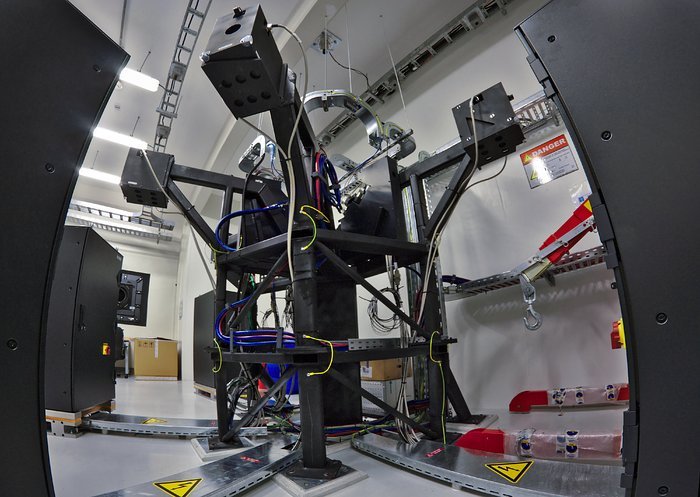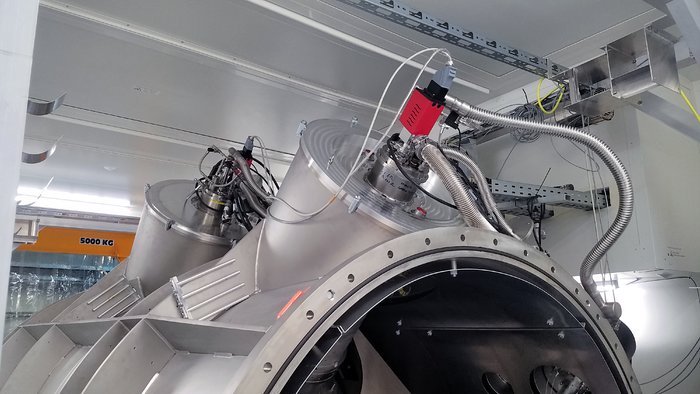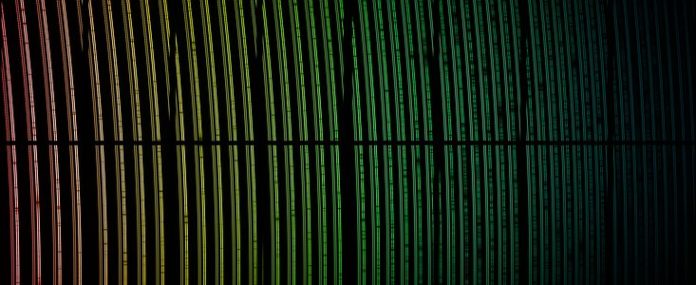The Echelle SPectrograph for Rocky Exoplanet and Stable Spectroscopic Observations (ESPRESSO) has successfully made its first observations. Installed on ESO’s Very Large Telescope (VLT) in Chile, ESPRESSO will search for exoplanets with unprecedented precision by looking at the minuscule changes in the light of their host stars.
Now for the 1st time, the instrument has achieved first light on ESO’s Very Large Telescope at the Paranal Observatory in northern Chile.

ESPRESSO has the potential of detecting tiny changes in the spectra of stars as planet orbits. This radial velocity method works because a planet’s gravitational pull influences its host star, causing it to “wobble” slightly. The less massive the planet, the smaller the wobble, and so for rocky and possibly life-bearing exoplanets to be detected, an instrument with very high precision is required.
In real, ESPRESSO is the successor to ESO’s hugely successful HARPS instrument at the La Silla Observatory. HARPS can accomplish an exactness of around one meter for every second in speed estimations, though ESPRESSO expects to accomplish an accuracy of only a couple of centimeters for every second, because of advances in innovation and its position on a significantly greater telescope.
The lead scientist for ESPRESSO, Francesco Pepe said, “This success is the result of the work of many people over 10 years. ESPRESSO isn’t just the evolution of our previous instruments like HARPS, but it will be transformational, with its higher resolution and higher precision.”
“And unlike earlier instruments, it can exploit the VLT’s full collecting power — it can be used with all four of the VLT Unit Telescopes at the same time to simulate a 16-meter telescope. ESPRESSO will be unsurpassed for at least a decade — now I am just impatient to find our first rocky planet.”

The test perceptions included perceptions of stars and known planetary frameworks. Examinations with existing HARPS information demonstrated that ESPRESSO can get comparable quality information with drastically less presentation time.
Instrument scientist Gaspare Lo Curto (ESO) is delighted: “Bringing ESPRESSO this far has been a great accomplishment, with contributions from an international consortium as well as many different groups within ESO: engineers, astronomers, and administration. They had to not just install the spectrograph itself, but also the very complex optics that bring the light together from the four VLT Unit Telescopes.”

The principal objective of ESPRESSO is to push planet chasing to the following level, finding and portraying less huge planets and their environments, it likewise has numerous different applications.
It will likewise be the world’s most capable instrument to test whether the physical constants of nature have changed since the Universe was youthful. Such modest changes are anticipated by a few speculations of key material science, however, have never been convincingly watched.
